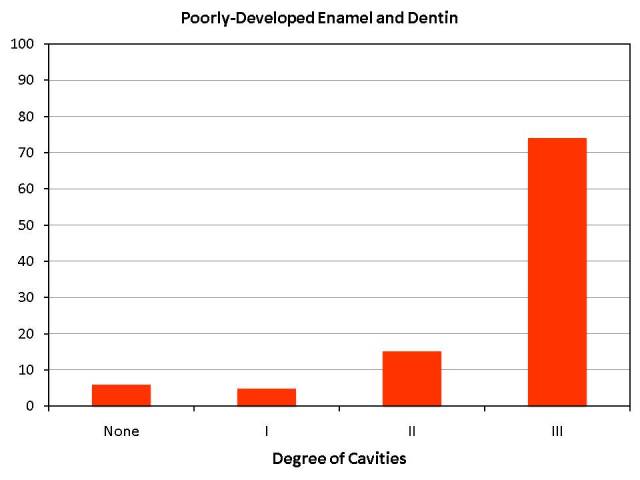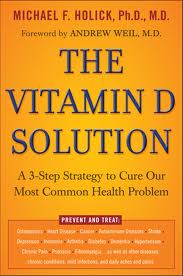 In the annals of popular dental research, Dr Weston Price is revered for his globe-trotting adventures chronically the general and dental health of peoples living free of dental decay. He wasn’t alone, and many distinguished researchers, including Dr May Mellanby, made similar trips.
In the annals of popular dental research, Dr Weston Price is revered for his globe-trotting adventures chronically the general and dental health of peoples living free of dental decay. He wasn’t alone, and many distinguished researchers, including Dr May Mellanby, made similar trips.
Dr Mellanby included in her 3-volume report, Diet and the teeth: an experimental study, a final chapter which described the geographic and racial distribution of caries (dental decay). She visited or reviewed literature on inhabtants of tropical and subtropical regions, temperate zones and the high arctic, and concluded that the main conditions responsible for immunity from dental decay are:
- Prolonged breast-feeding often for 3 or even 6 years;
- A high intake of fat soluble vitamins, especially vitamin D, and a sufficiency of calcium and phosphorus attained either by consuming much milk, eggs, or, as far as vitamin D is concerned, by exposing the body to prolonged sunshine.
A high carbohydrate diet is compatible with the production of good teeth, immune to decay as long as the vitamin D, calcium, and phosphorus intake is sufficiently high, particularly in early life.
On the other hand, decay and defectively formed teeth are common in communities where:
- Breast-feeding is short or perfunctory or where milk intake is small;
- Few eggs and little animal fats are eaten;
- Sunshine is negligible or, if plentiful, is rendered ineffective by clothing, so as to exclude the production in the body of vitamin D.
In addition to these, where cereals form a large part of the diet, especially in childhood, dental decay becomes rampant.
Dr Mellanby concluded that geographical distribution of dental caries does not suggest that oral hygiene, including the eating of hard food, the use of toothbrushes, toothpastes and other dentrifices, is essential for the prevention of tooth decay. Many of the decay-free communities used no artificial methods for cleaning their teeth, while in her country (Britain), where oral hygiene was extensively practised, cavities and dental defects were common.
There is indeed evidence that hygiene practices are of little importance in preventing or arresting tooth decay, although the esthetic value of the toothbrush cannot be denied.
















